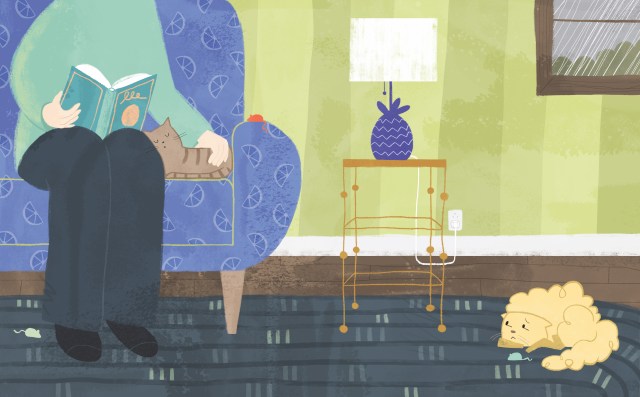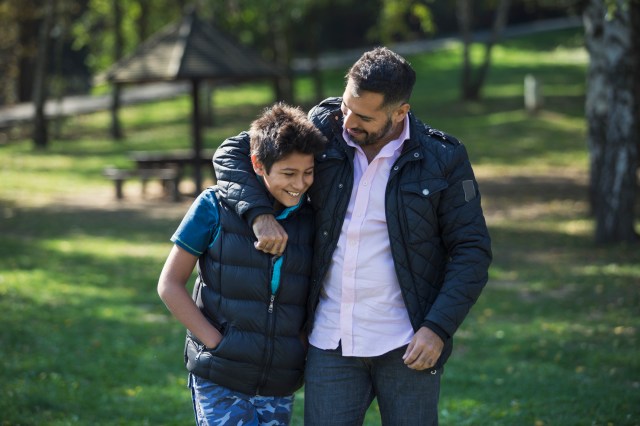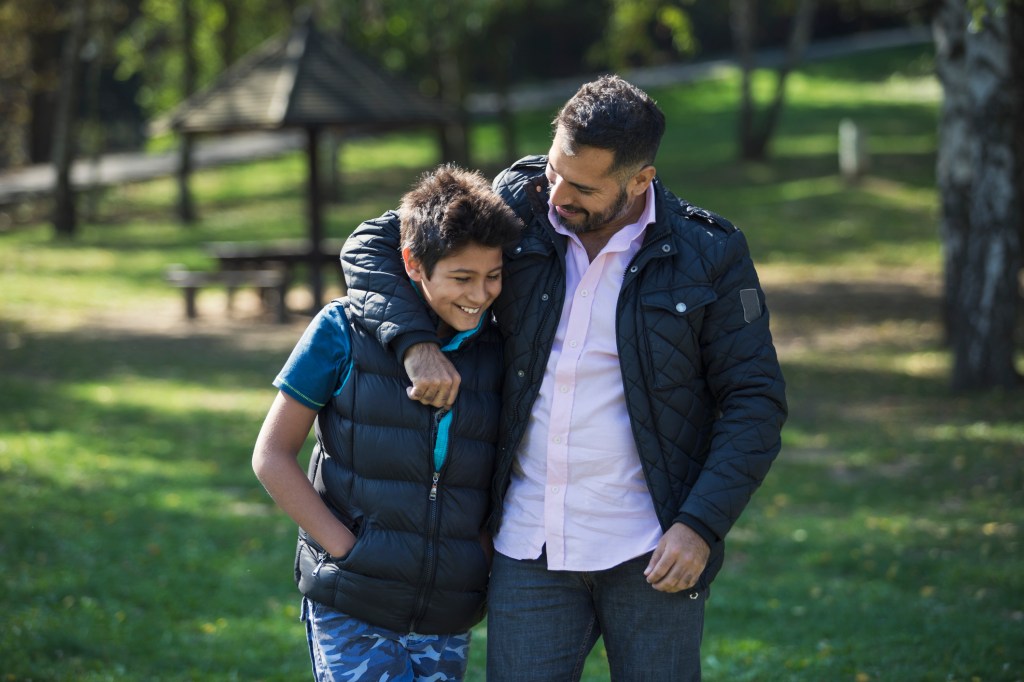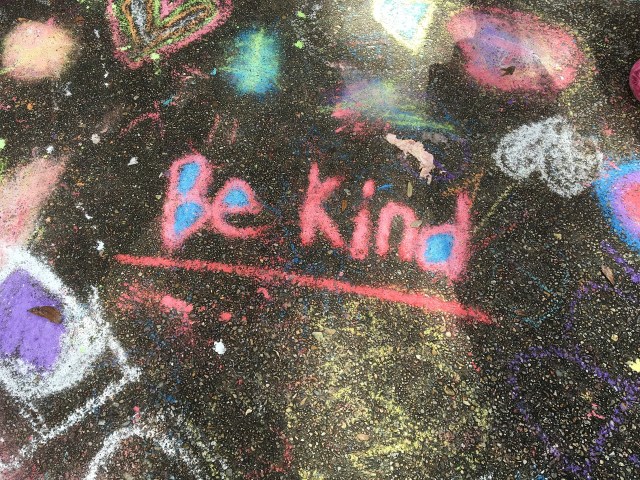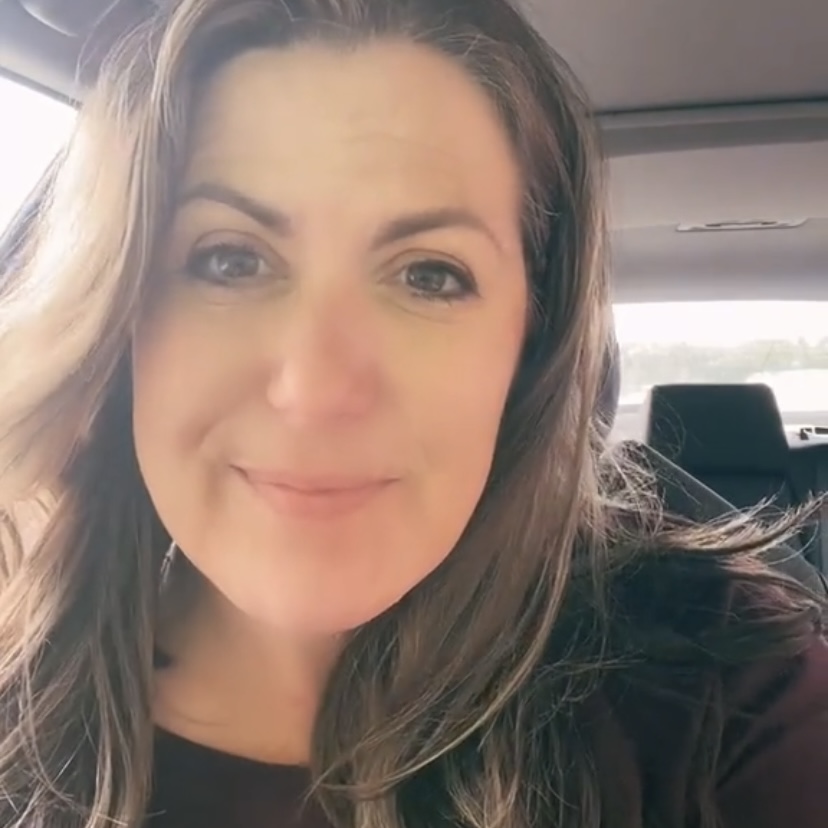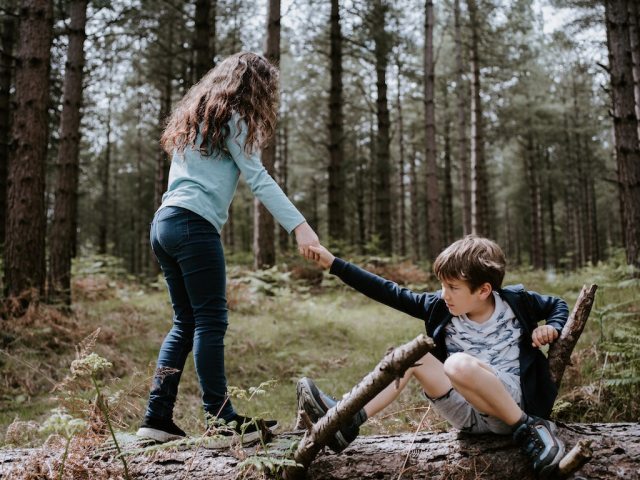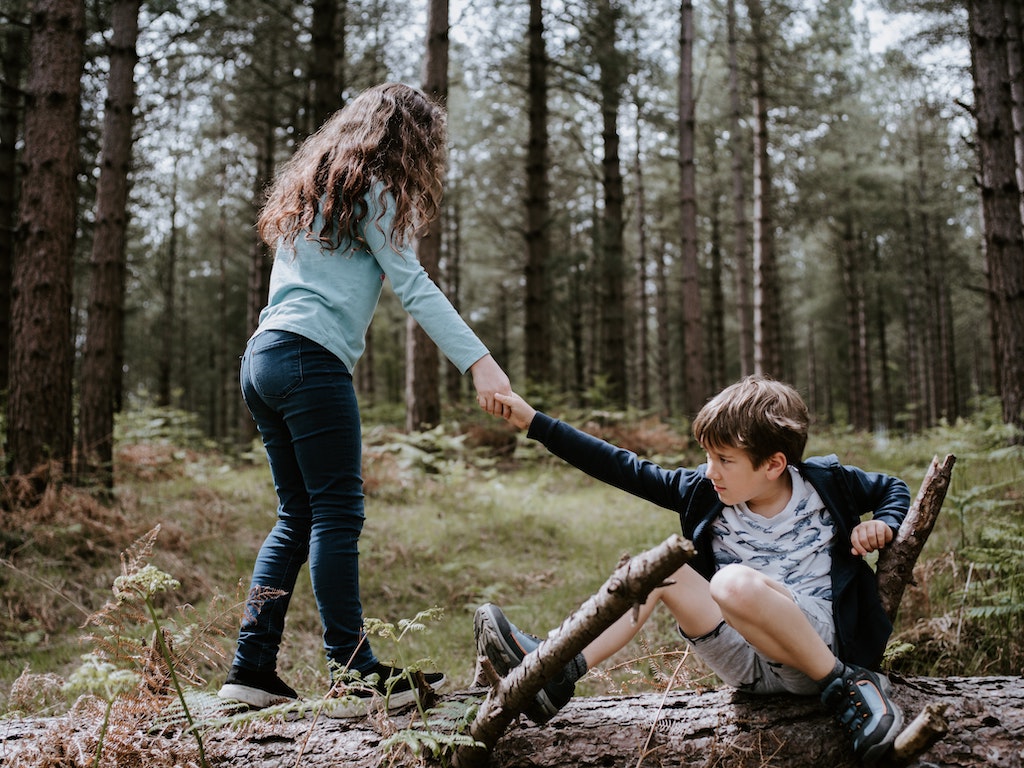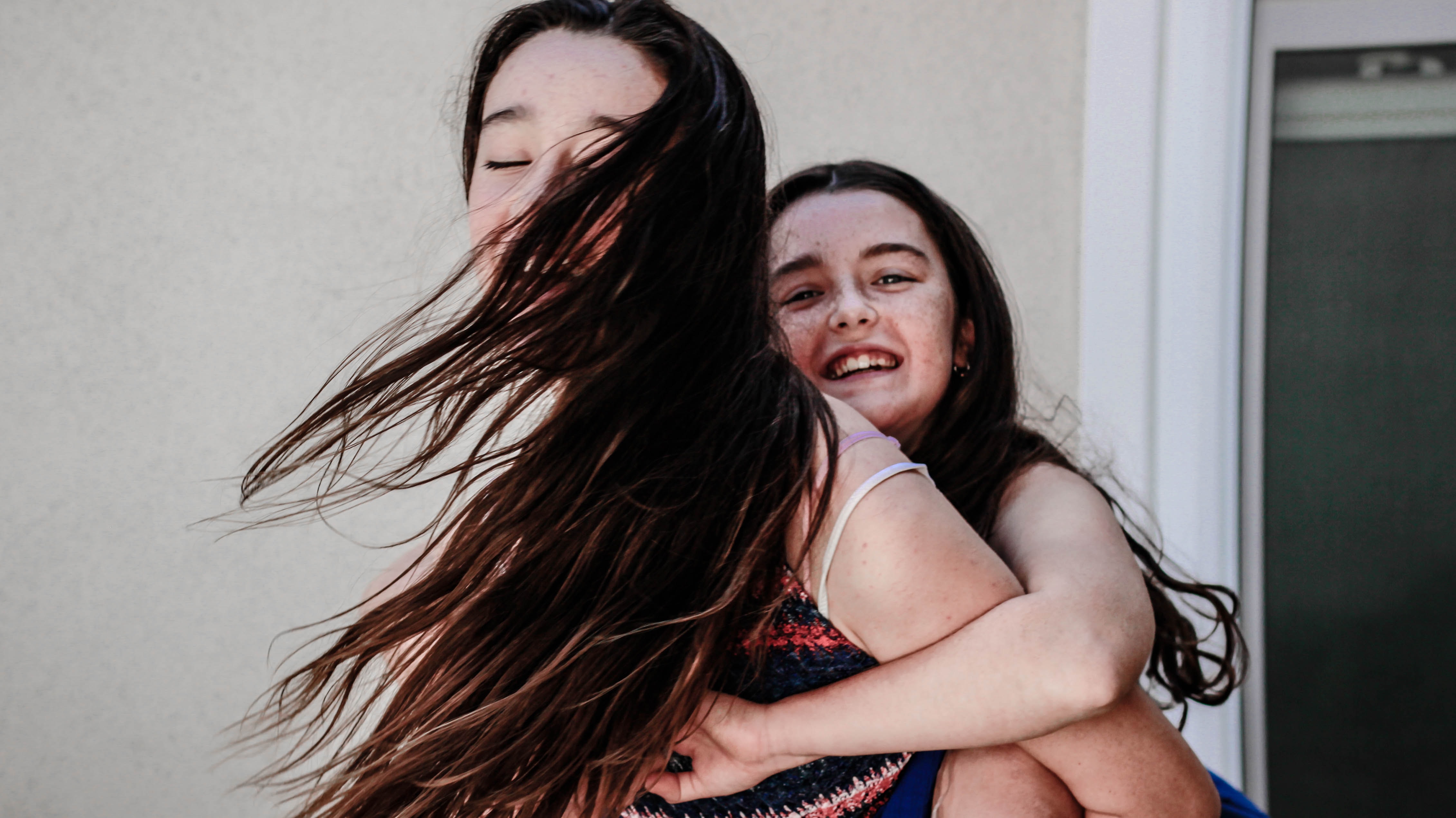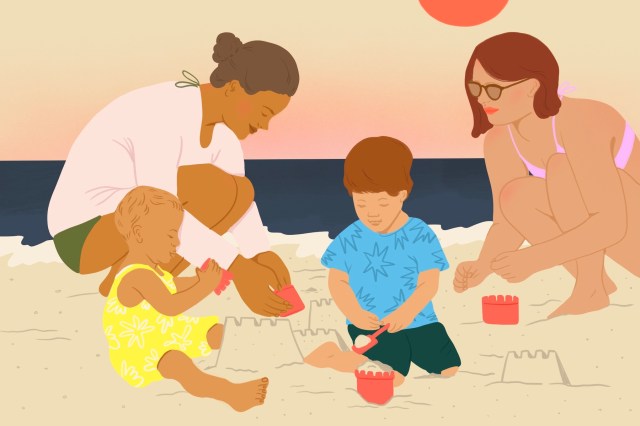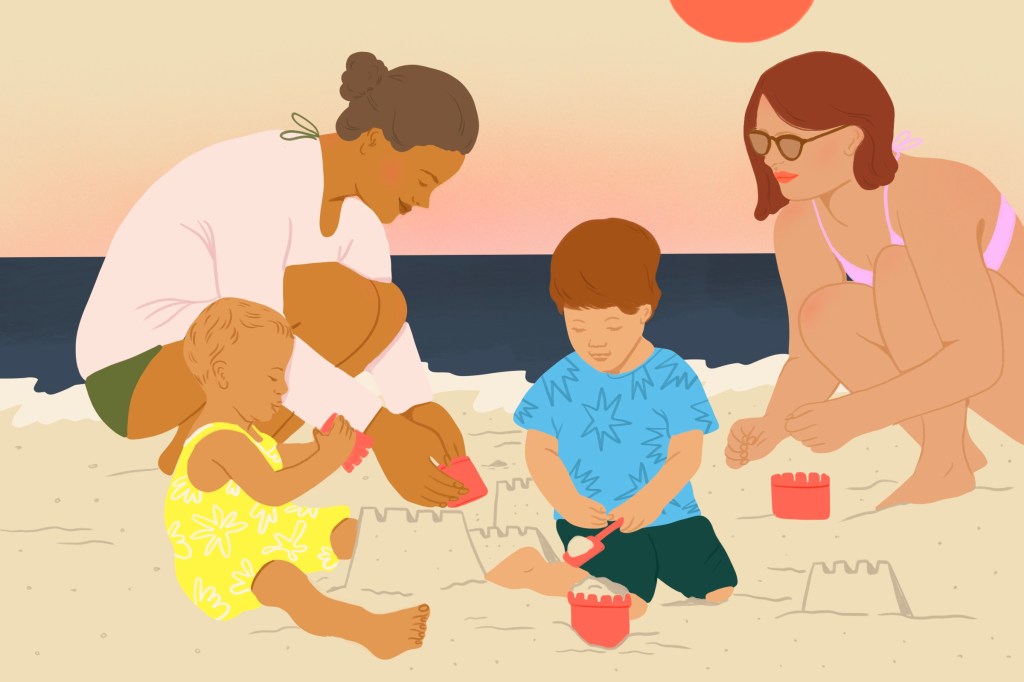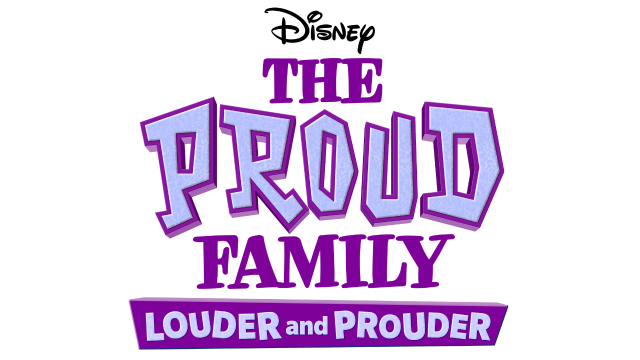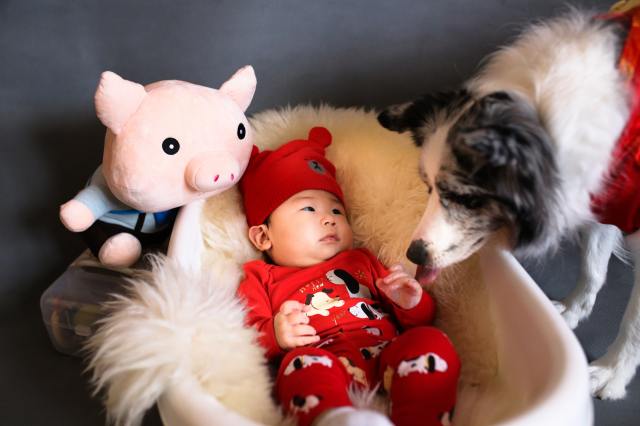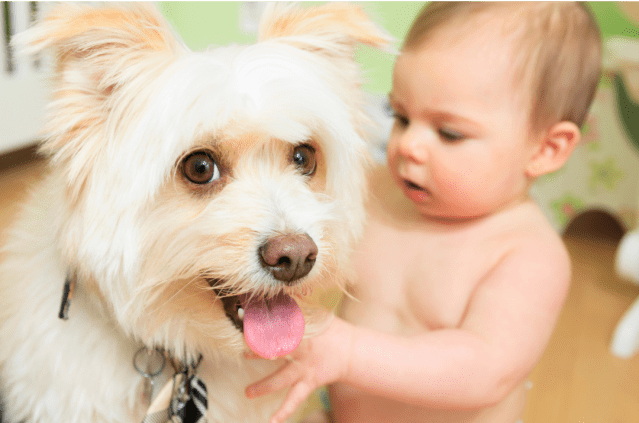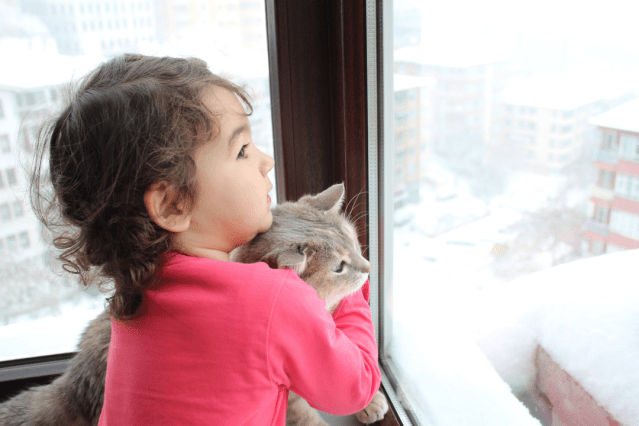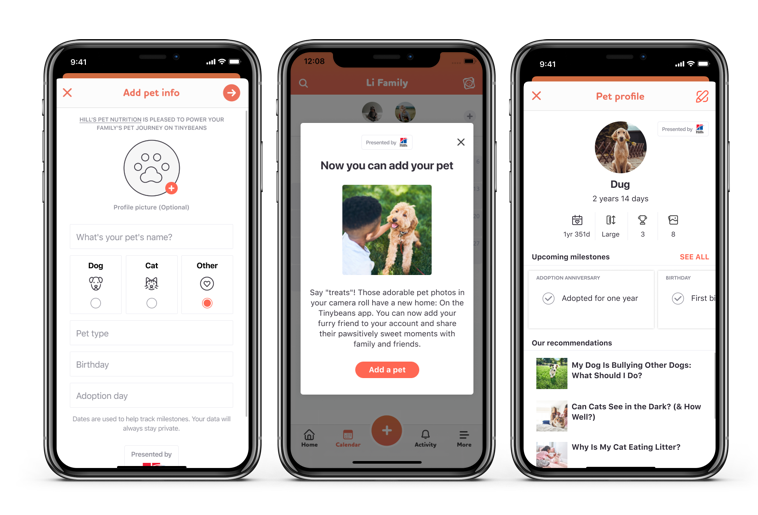Expecting number two (or three or four…)? It could be a good time to prepare your child to welcome a new member of your family! The transition to the role of big brother or sister can be tough for little ones, with big emotions from jealousy to nervousness to excitement and back again! We’ve rounded up five ways to help make the littlest members of your growing family thrive in their new role, from books to games and more!
1. Read a Story That Speaks Their Language

We love the book Original Cat, Copy Cat for its social and emotional learning with a core theme of relationship skills tailored to new siblings. Bonus: Reading Original Cat, Copy Cat, is an ideal way to spend one-on-one time together while working on crucial life skills that will come in handy with a new sibling on the way and beyond!
Pineapple the cat experiences the challenges of adjusting to an additional member of the family. Pineapple loves being an only cat—and then Kiwi comes along. But despite the chaos and the annoyances, Pineapple soon realizes that a new kitten—a new friend—makes everything twice as fun.
Original Cat, Copy Cat is a celebration of friendship and acceptance! For ages 4-8, this book is an excellent tool to help your child adjust to a new family member that speaks their language, told through fun and relatable characters. Sarah Kurpiel's simple use of expressive language and bold artwork makes for an irresistible picture book that's perfect for storytime sharing, siblings-to-be and animal lovers everywhere—Original Cat, Copy Cat is out August 3
Get your copy and start reading Original Cat, Copy Cat today!
2. Play a Game Without Words
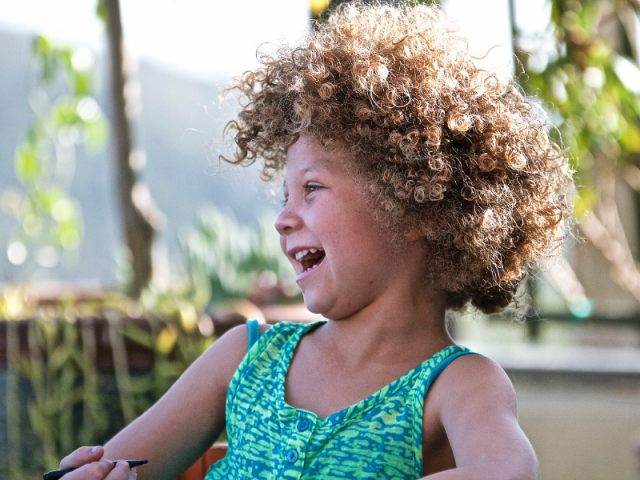
Babies cry—a lot! (And sometimes, for no reason at all.) Can you imagine needing something basic like food, some rest or an extra blanket and the only way you can ask for it is to go “WAAH”?! Why not try it yourselves and see what it’s like! Think of things your baby might want; to sleep, to play, to be held and so on. Pick something off the list and try to get it across to the other person without using words—it’s a fun/informative way to put yourselves in your baby’s (very tiny) shoes. Now your child may be just a little more patient next time they hear their new sibling crying.
Get your copy and start reading Original Cat, Copy Cat today!
3. Plan a Baby Date

The best way to get to know what life with a baby is like? Hang out with one! Plan a date to meet up with a friend/neighbor or family member’s baby for a few hours to help your child get a sense of what life is like beyond the bump! It’s a great way for them to get up close and personal with a bundle of joy to get to experience the snuggles and smiles, as well as the poopy diapers, as they get to know their new baby friend.
Get your copy and start reading Original Cat, Copy Cat today!
4. Take a Walk Down Memory Lane

Time to get out the baby books (or even just the photos/videos on your smartphone)! What better way to get them psyched for their new baby brother or sister than to relive their newborn days! It’s a great bonding experience, too, looking back on how adorable, sweet and cuddly they were before they learned the word “no!”. Talking about how much they have grown and the differences between now and then as they gaze at images of their younger self will help them connect with their yet-to-be-born best bud, too. It helps kids to understand that the new baby in their family won’t be a crying (but cute) little lump forever, but turn into a big kid that’s fun to play with, just like them!
Get your copy and start reading Original Cat, Copy Cat today!
5. Include Them in the Journey

Because we all want to feel included, right?! Take your child with you to the doctor to hear the baby’s heartbeat. Share ultrasound photos of your baby and try to find all the tiny little parts together. Let them help put together the nursery, choosing colors and decor they think their new brother or sister will love. Once baby is here, get them involved in their care (depending on how old they are). Let them get a diaper or wipes for you, give the baby a favorite toy or even help feed them—it’s bonding time at its best!
Get your copy and start reading Original Cat, Copy Cat today!
—Jamie Aderski
